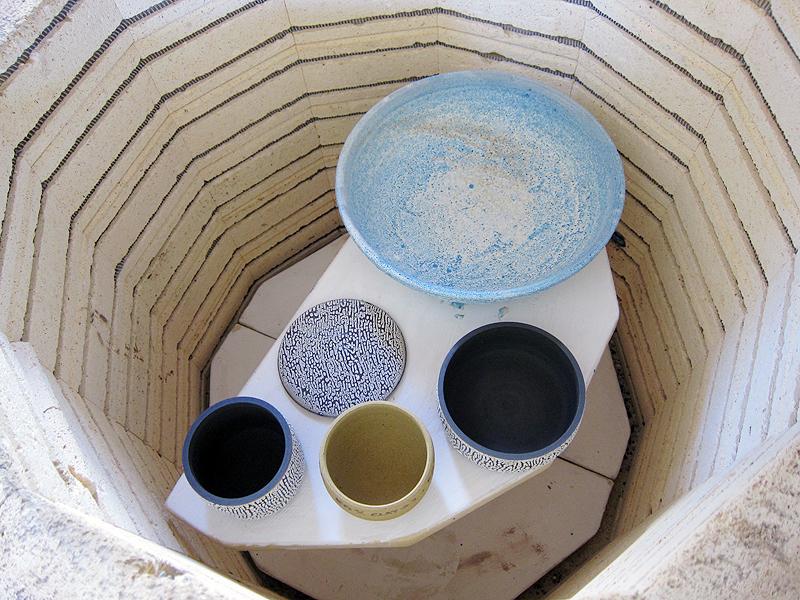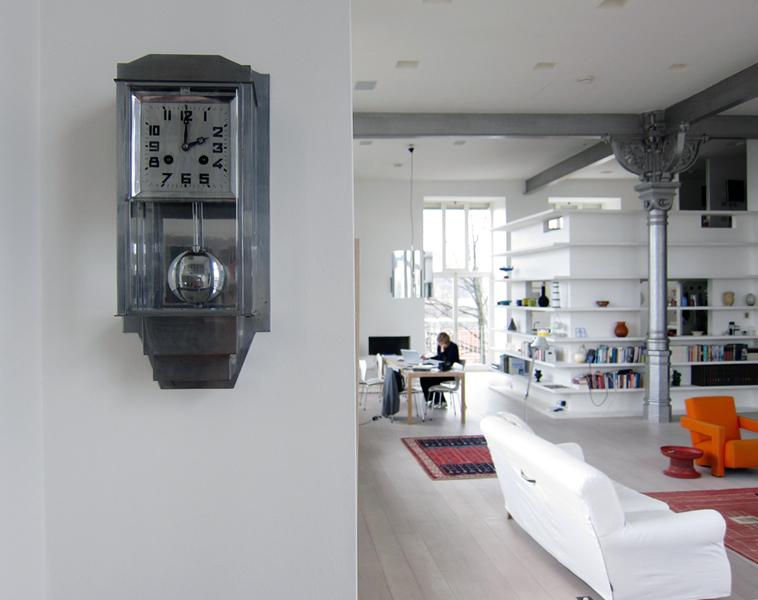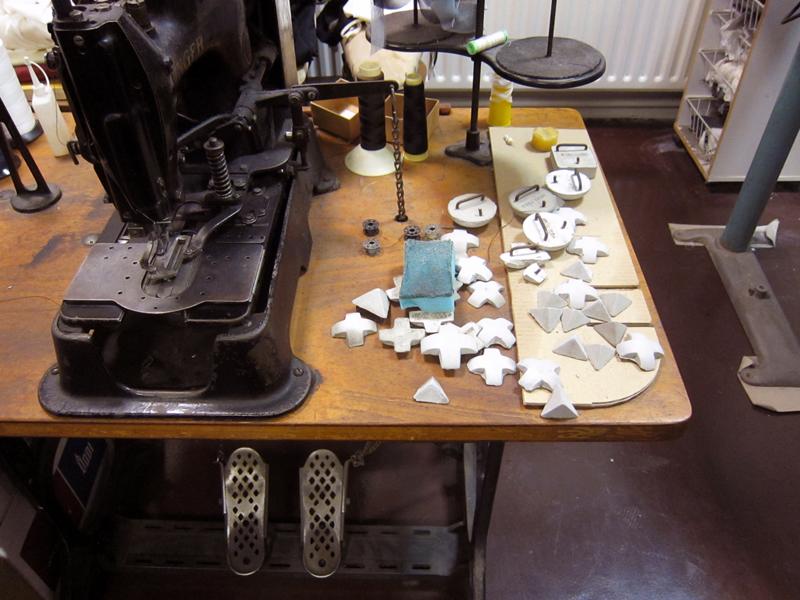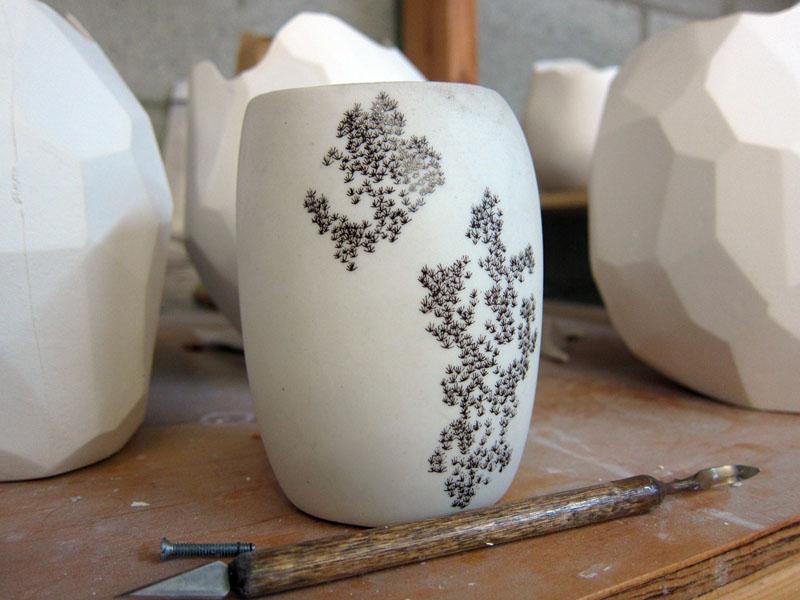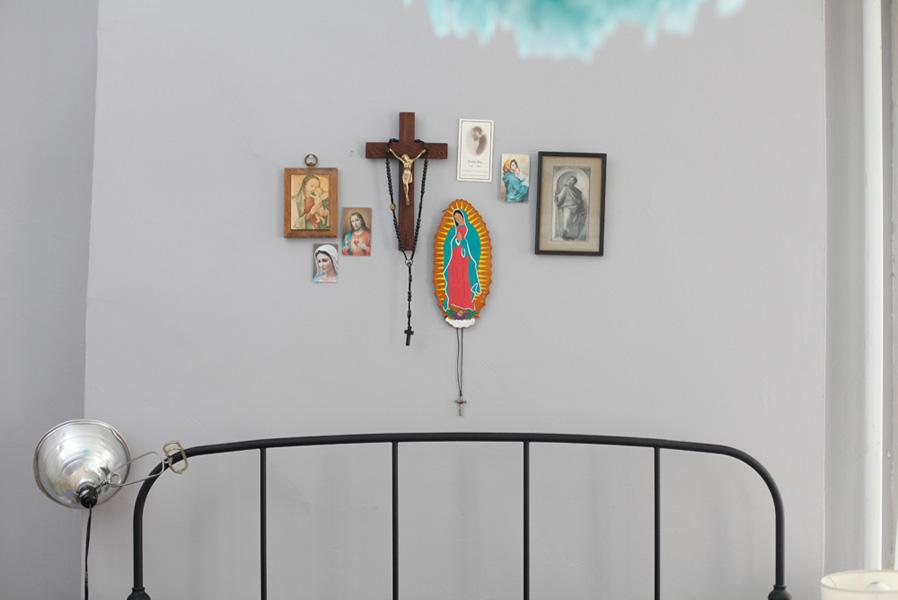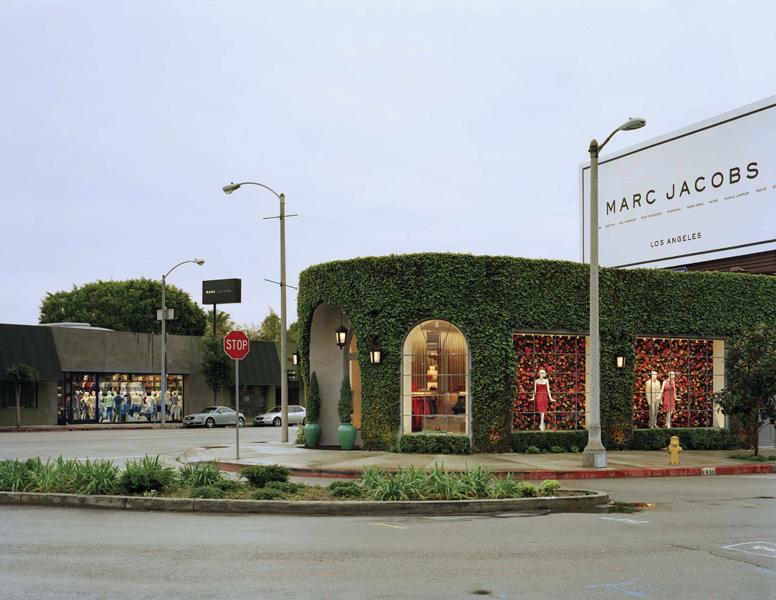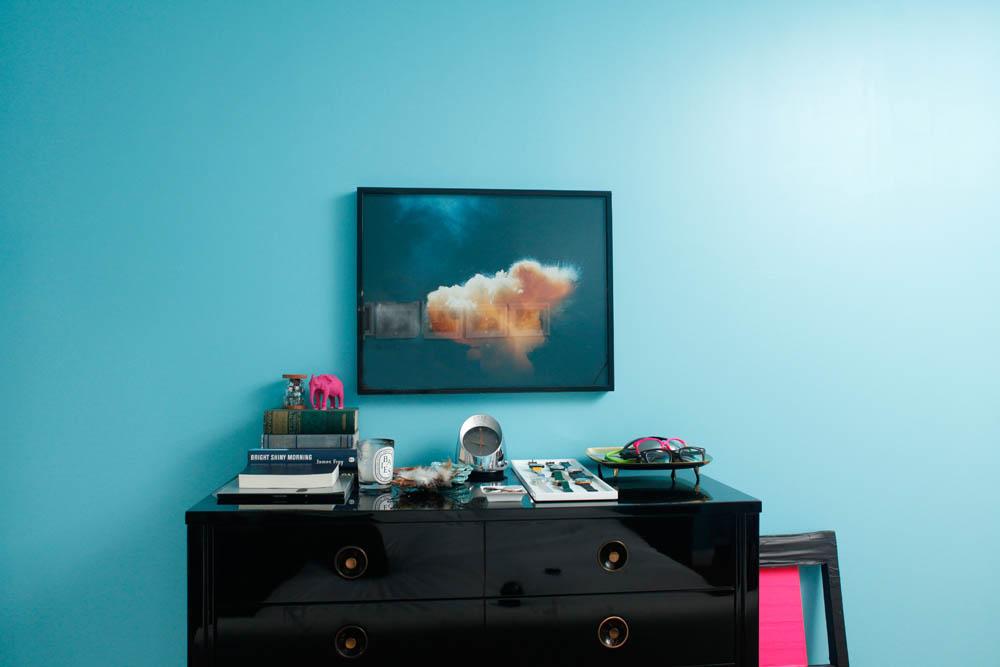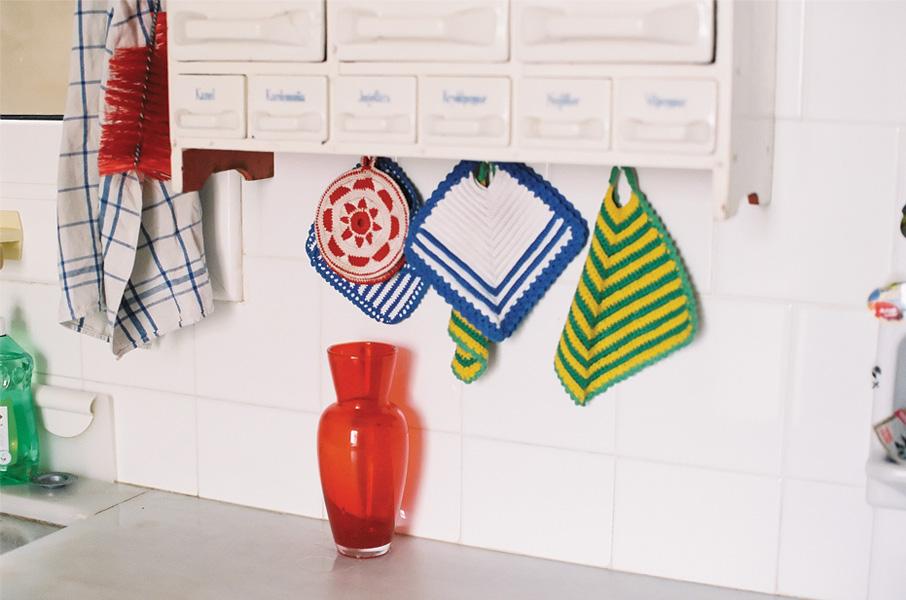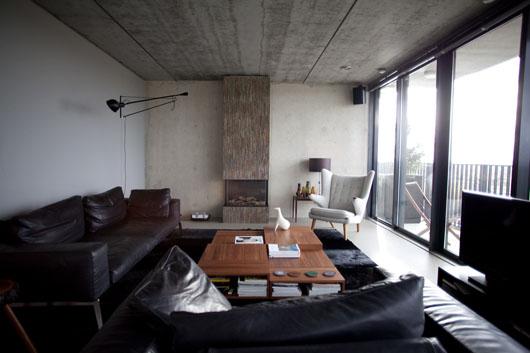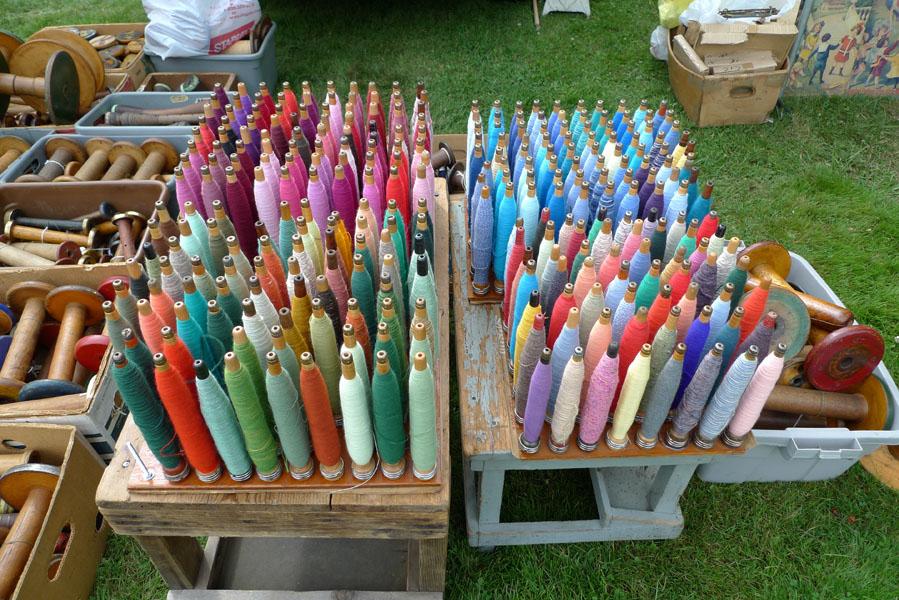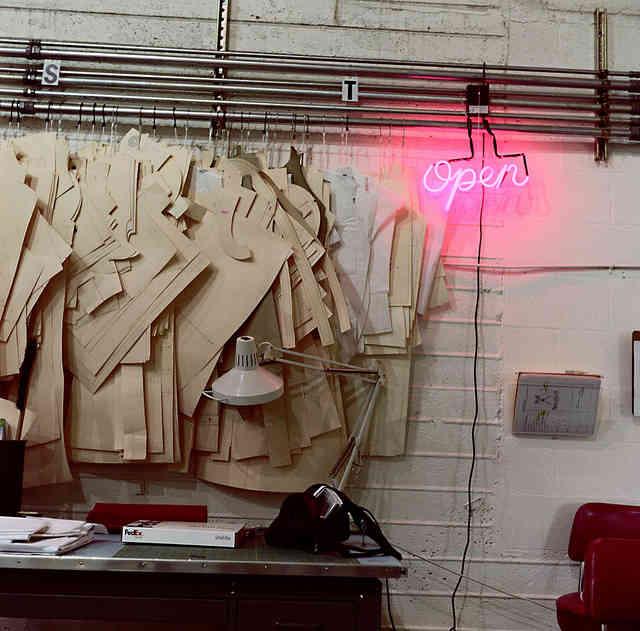
06.08.11
Sighted
Work.Place, by Carlie Armstrong
Think of Work Place as a sort of hyperlocal version of Sight Unseen that peeks inside the studios of Portland, Oregon’s best and brightest creative talents. The site is the solo effort of talented local photographer Carlie Armstrong, who documents a community of potters, patternmakers, illustrators, print shops, woodworkers, painters, comics, bicycle-builders — and even a floating workshop and gallery built inside a restored naval vessel parked near the city’s Sauvies Island — from behind the viewfinder of her Twin Lens Reflex camera.
